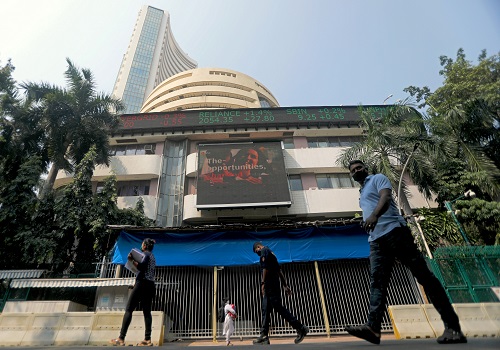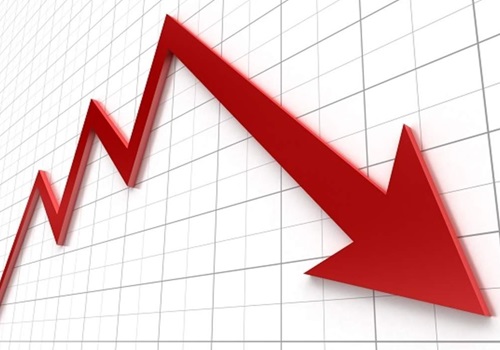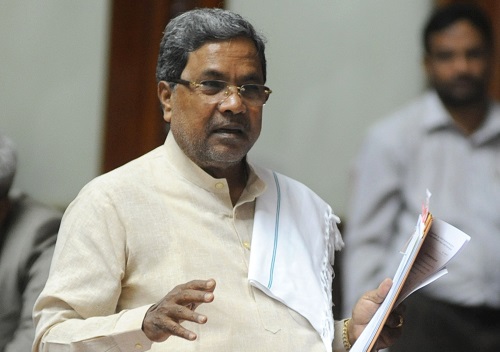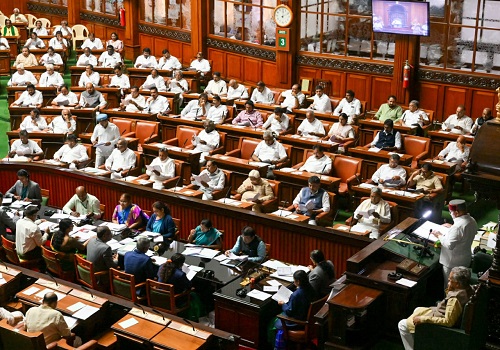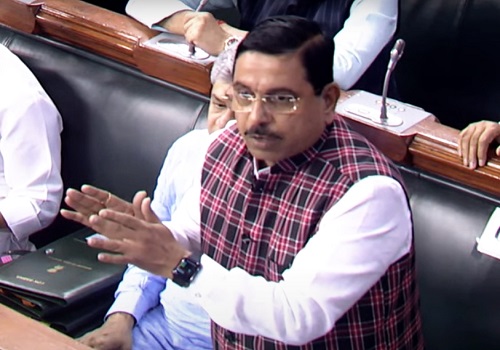EPFO subscriptions in '21 beat corresponding months of pre-pandemic 2019: Economic Survey

Follow us Now on Telegram ! Get daily 10 - 12 important updates on Business, Finance and Investment. Join our Telegram Channel
The monthly net addition in the Employees' Provident Fund Organisation (EPFO) subscriptions during 2021 has not only been higher than the corresponding monthly values in 2020, but have also surpassed the levels of the corresponding months during pre-pandemic year 2019, the Economic Survey 2021-22, tabled in Parliament on Monday, said.
It revealed that a net addition in EPF subscribers reached 13.95 lakh during November 2021, which translates into growth of 109.21 percent from November 2020, and a growth of 25.65 percent from October 2021.
The Survey held that the net addition in EPFO subscriptions is an indicator of the extent of formalisation of the job market, and the coverage of social security benefits to the organised/semi-organised sector workforce.
An analysis of the latest EPFO data suggests significant acceleration in formalisation of the job market, driven by both new formal jobs and formalisation of existing jobs, during 2021, with 13.95 lakh net addition to EPF subscribers in November 2021.
"Owing to the large impact witnessed during the nation-wide lockdown, the net addition to EPFO subscriptions declined and turned negative in April-May 2020, that implies a net exit was registered from the scheme. With the unlocking of the economy and easing of restrictions, the EPFO subscriptions bounced back swiftly, reaching 12.2 lakh in September 2020.
"The net additional subscription witnessed a decline again in November 2020 and also during the second wave of Covid-19 (April-June 2021)," it said.
As per the Survey, the magnitude of decline in both the cases was less compared to that during April-May 2020.
The monthly net additional EPF subscription during May 2021 was 5 lakh as against (-)2.9 lakh in May 2020.
Citing the November 2021 data, it said: "Thus, the monthly net addition in subscriptions during 2021 has not only been higher than the corresponding monthly values in 2020, but they have also surpassed the levels of the corresponding months during pre-pandemic year 2019. This points to the formalisation of the job markets as well as new hiring."












 320-x-100_uti_gold.jpg" alt="Advertisement">
320-x-100_uti_gold.jpg" alt="Advertisement">


